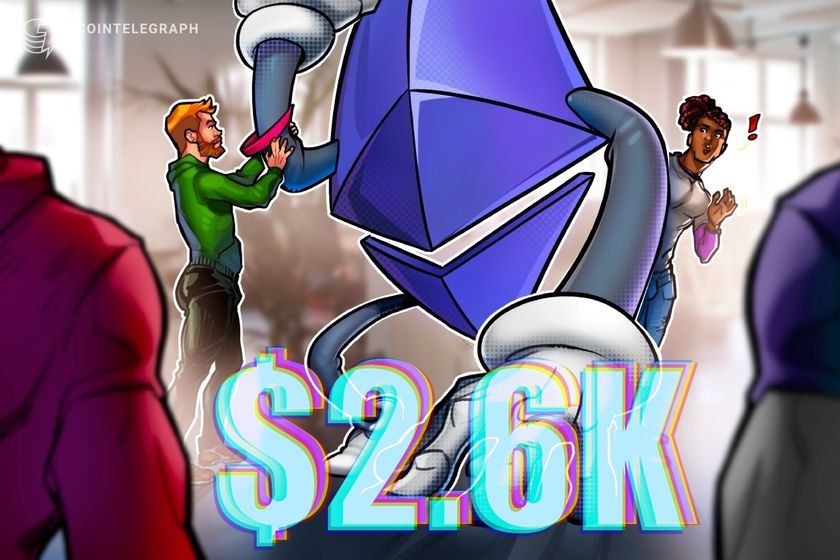
This week’s Crypto Biz explores Bitcoin’s landmark year, Crypto.com’s new custody service, Russia’s partial ban on crypto mining and taxes on staking rewards in the US.
Bitcoin has had such a historic year! Nearly 16 years after its network debuted, cryptocurrency solidified its status as a mainstream financial instrument with the approval of 11 exchange-traded funds in January.
The ETFs’ launch marked one of the most successful debuts in history thanks to institutional demand, with Bitcoin-focused funds attracting over $113.5 billion by the end of the year. This influx helped push Bitcoin’s (BTC) price to record highs of $100,000 in December, largely sustained by professional buyers.
The impact was felt across the broader market, with institutional investors leading a rise in over-the-counter (OTC) transactions. Kraken exchange, for instance, has seen a 220% year-over-year increase in its OTC markets. “Long story short, OTC is going gangbusters right now,” reportedly said Tim Ogilvie, head of institutional at Kraken.
Source: CoinGlass










